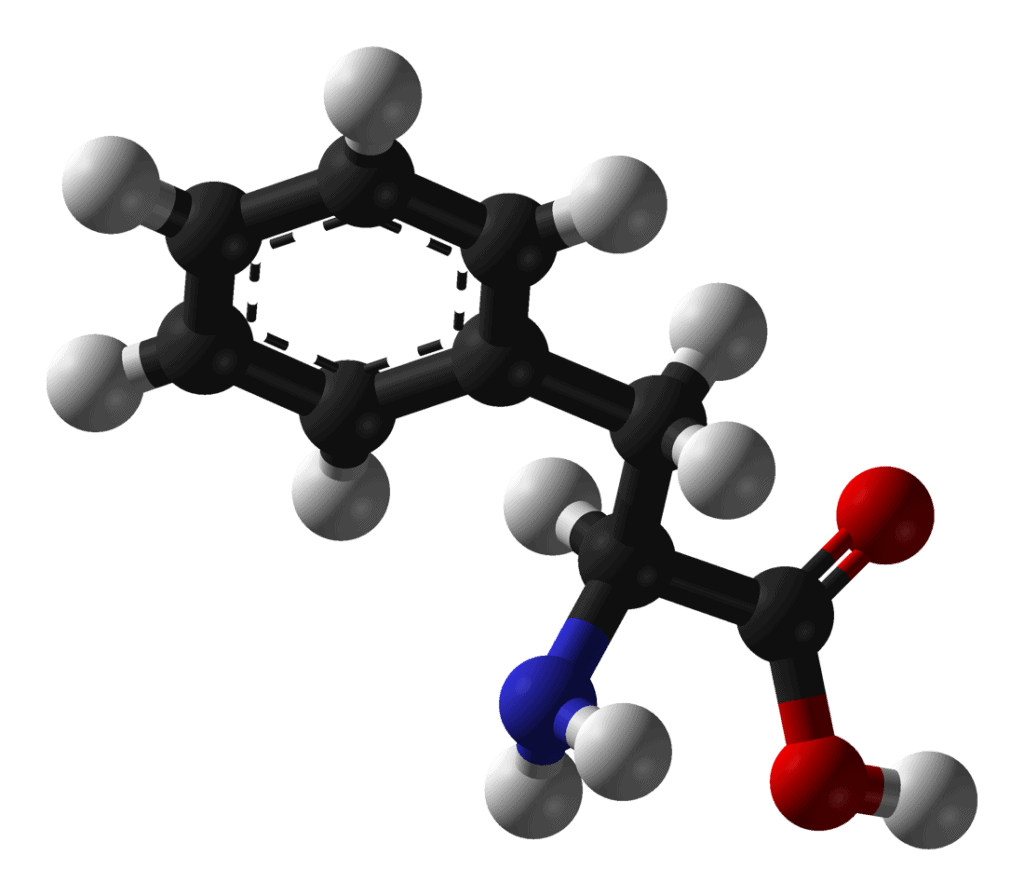Several studies have previously indicated that a high-protein diet can help you lose weight – now researchers believe they know how.

A few decades ago, the nutrition world was all about fat. You should reduce fat because obviously… it makes you fat. It’s even in the name, right? Well while there is some truth to that, modern science has shown that sugar and other carbohydrates carry much of that blame and if you want to lose weight, that’s where you should strike first. In fact, several studies have shown that a high-protein diet might actually be beneficial to you and help you lose weight.
However, it was a “correlation and not causality” relationship – in other words, we observed that this was happening but we didn’t know how. Now, researchers from Imperial College London in the United Kingdom might shed some light on that process. They revealed that phenylalanine – an amino acid produced by the digestion of protein – boosts levels of a hormone which tells us we’re full and helps to reduce food intake.
The key is suppressing appetite. Phenylalanine, am amino acid extracted from protein-rich foods curbs hunger. It does this by two mechanisms. First of all, it encourages your body to produce a hormone called GLP-1, which suppresses your appetite and makes you less likely to over-eat. Secondly, it reduces levels of the hormone ghrelin, which increases hunger. So it makes you feel fuller and less hungry.
Researchers tested this by giving ten mice and rats a single dose of phenylalanine and compared them with rodents who hadn’t been given anything. They observed a change in the levels of these two hormones. When they administered a protein-rich diet to obese mice, they also observed the effects of this change — the mice started eating less and losing weight.
In a final test, they applied phenylalanine to human gut cells in a Petri dish, observing the same process. Of course, both mice and cells in a Petri dish are a far cry from the human body, but this still is convincing evidence. Lead author Mariana Norton will present the findings at this week’s Society for Endocrinology annual meeting in the U.K. and after that, we’ll have to wait for peer-review and publication.
Meat is obviously a good source of protein, but it’s certainly not the only one. Both other animal products (such as milk and eggs) and plants (spinach and leafy greens, tofu, amaranth leaves, etc) can be an excellent source of protein.






